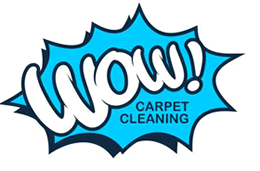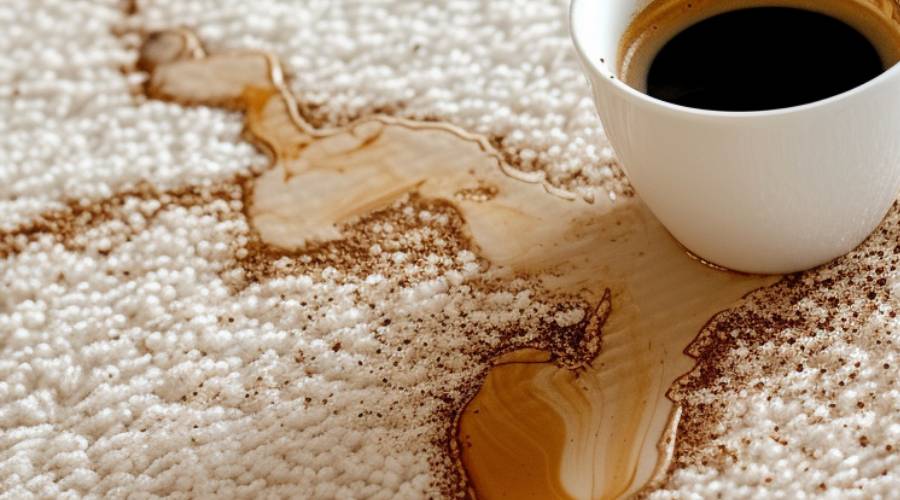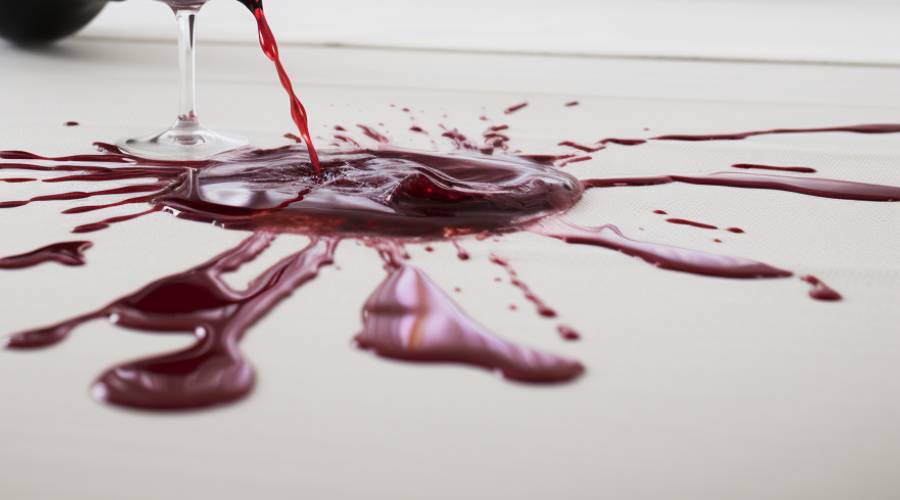Ultimate Guide to Carpet Stain Removal
How to Remove Carpet Stains
Spots and spills on carpeted floors are an inevitable part of life. But they don’t have to be a permanent fixture in your home. Not only are they unsightly and embarrassing, but they can also harbour harmful bacteria, allergens, and odours that can impact your family’s health and well-being. That’s why learning effective carpet stain removal tips is a crucial skill for every homeowner. In this ultimate guide, we’ll share expert tips and tricks to help you tackle even the toughest stains with confidence.
The Secret Trick to Remove Old Stains
Before we get into the nitty-gritty of stain removal, let me share a little secret with you. The key to getting rid of most smudges from carpets is to rehydrate them. Yup, you read that right. By adding a bit of water to the stain, you’re essentially loosening up the particles that have settled into the carpet fibres. This makes it much easier to blot away. Just be careful not to oversaturate, as this can lead to mould and mildew growth.
The Dos and Don’ts of Stain Removal
Do
- Act quickly! The sooner you address the stain, the easier it will be to remove.
- Blot with a clean, white cloth. Avoid rubbing, as this can spread the smudge and damage the fibres.
- Use a gentle, eco-friendly cleansing solution whenever possible.
- Test any cleaner on an inconspicuous area first to ensure it won’t cause damage or discolouration.
Don’t
- Use harsh chemicals or bleach, as these can cause permanent damage.
- Apply heat to the stain, as this can set it into the fibres.
- Use hot water as this can cause smudges to set in
- Scrub the carpet vigorously, as this can fray the fibres and make matters worse.
- Use coloured cloths or paper towels, as the dye can transfer onto the fabric.
The Two Types of Stains
There are two main types of carpet stains: water-soluble and fat, oil, or wax-based.
Water-soluble stains can be removed with water-based cleaners. These are usually easier to remove since they don’t penetrate deep into the floor’s fibres. Examples include:
- Mud and dirt
- Alcoholic beverages
- Washable ink
- Fresh coffee or tea spills
- Most pet urine stains
Fat, oil, or wax-based stains repel moisture and cling to fibres. This makes them harder to remove. Examples include:
- Butter or margarine
- Cooking oil
- Candle wax
- Lipstick
- Some types of makeup
To remove them, place kitchen paper over the stain and iron in a warm setting. The heat will draw the stain out of the fibres. For wax or gum, freeze with an ice cube and gently scrape with a blunt object.
Steps to Remove Stains
1. Act Quickly
When it comes to stains, time is of the essence. The longer you let a stain sit, the harder it becomes to remove. So, as soon as you notice a stain, spring into action! Grab a clean cloth or paper napkin and start blotting (not rubbing!) the absorb as much of the liquid as possible.
2. Blot, Don’t Rub
Rubbing can push the stain deeper into the backing and make it harder to remove.
- Use a clean, white towel or kitchen paper
- Work from the outside towards the centre
- Press firmly and blot, don’t rub or scrub
- Continue blotting until no more of the spots transfers to the cloth
3. Use the Right Solution
Depending on the type of stain, you may need different solutions. Some common effective options include:
| Stain Type | Cleaning Solution |
|---|---|
| Water-soluble (mud, alcoholic beverages, washable ink) | 1/4 tsp clear dish soap OR vinegar mixed with 32 oz water |
| Tougher water-soluble (coffee, tea, wine, blood) | 1 tbsp ammonia mixed with 1 cup water (not for wool/wool-blend) OR 1 part chlorine bleach to 5 parts water (only for solution-dyed carpets) |
| Fat, oil, wax | Iron a paper towel over the stain on warm setting; OR freeze with ice and gently scrape with a blunt object |
| Bodily fluids (urine, vomit) | Blot, then apply 1 part vinegar mixed with 1 part water, followed by a solution of 1/2 tsp clear dish soap mixed with 32 oz water |
Commercial Carpet Cleaning Products
If DIY solutions aren’t cutting it, there are plenty of commercial carpet stain removers designed for specific types of stains:
- Enzyme-based cleaners: These are great for organic messes like pet urine and vomit. They break down the proteins in the stain.
- Oxi-cleaners: Oxygen-based cleaners are effective on a wide range of spots. These include food, drink, and dirt.
- Solvent cleaners: These are best for oil-based marks like makeup, grease, and ink.
4. Apply Solution and Blot
Apply your chosen product to the stain, following any specific instructions on how to use it. Make sure to always test for colourfastness. Apply the mixture to a clean cloth, rather than directly to the carpet. Then blot the stain with the solution-dampened cloth.
5. Rinse and Dry
Once the stain has been lifted, rinse the area with clean water to remove any residues of the cleaning solution. Blot dry with a clean towel or cloth. You can also place a stack of paper napkins over the area and weigh them down. This will help absorb any remaining moisture.
Bonus Tip: For tough, set-in stains, you may need to repeat these steps multiple times. Or use a more aggressive cleaning method. In some cases, calling in professional carpet cleaners may be necessary.
Other Stains and How to Treat Them
| Type | Removal Method |
|---|---|
| Nail Polish | Blot with nail polish remover |
| Gum | Freeze with ice, then scrape gently |
| Dirt/Mud | Let dry, vacuum, then blot with soapy water |
When in Doubt, Call a Pro
If you’re dealing with a particularly stubborn stain or you’re unsure of how to proceed, it’s always best to call in a professional cleaner. They have the tools, expertise, and cleaners necessary to tackle even the toughest stains. Plus, they can help protect your carpeting from future staining and extend its lifespan. Investing in deep cleaning can go a long way.
Keeping Your Carpets Clean
Of course, the best way to deal with spots and soil is to prevent them from happening in the first place! Here are a few tips for keeping your floor covers looking fresh and clean:
- Vacuum regularly (at least once a week) to remove dirt and debris before it has a chance to settle into your carpet fibres.
- Have your carpeting professionally cleaned every 12-18 months.
- Address any stains or spills ASAP.
Conclusion
Stained carpeting may seem like a nightmare. With the right approach and a little patience, you can get your covered floors looking like new again. Remember to act quickly, and blot (don’t rub). Use gentle, eco-friendly cleaning solutions whenever possible. And if all else fails, don’t hesitate to call in the pros. With these tips in mind, you’ll be able to enjoy your beautiful, stain-free carpets for years to come.


